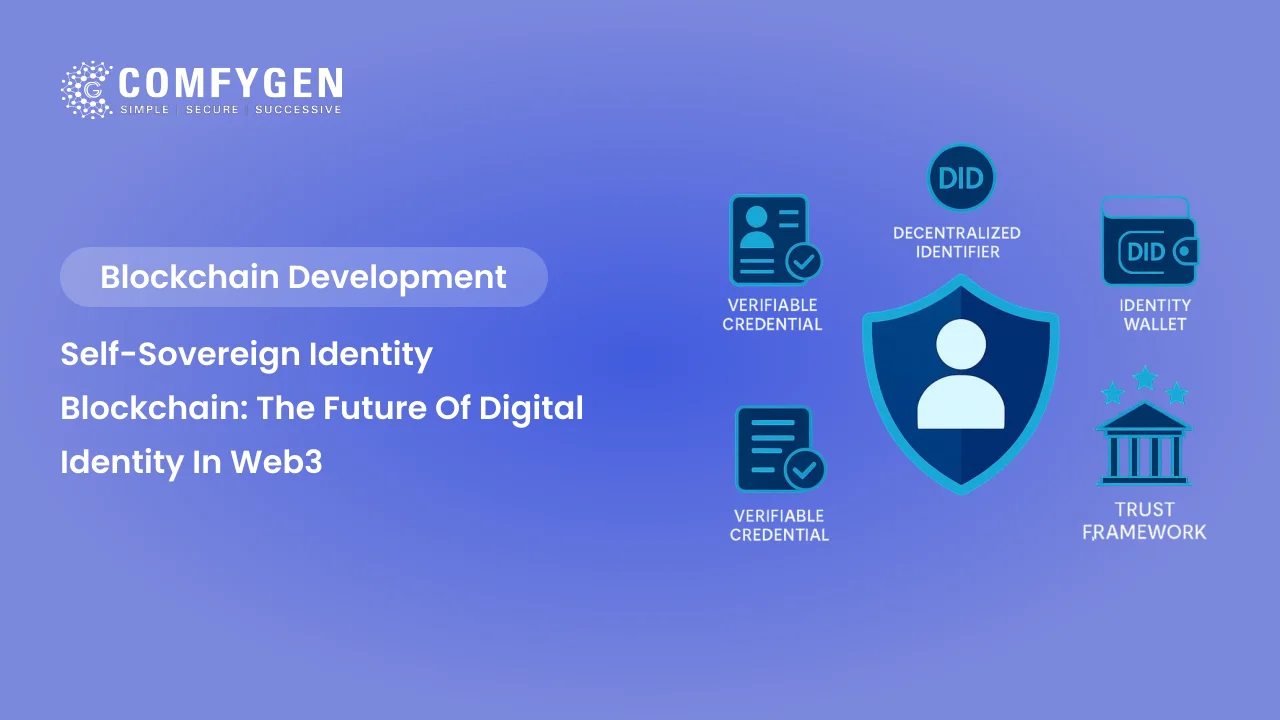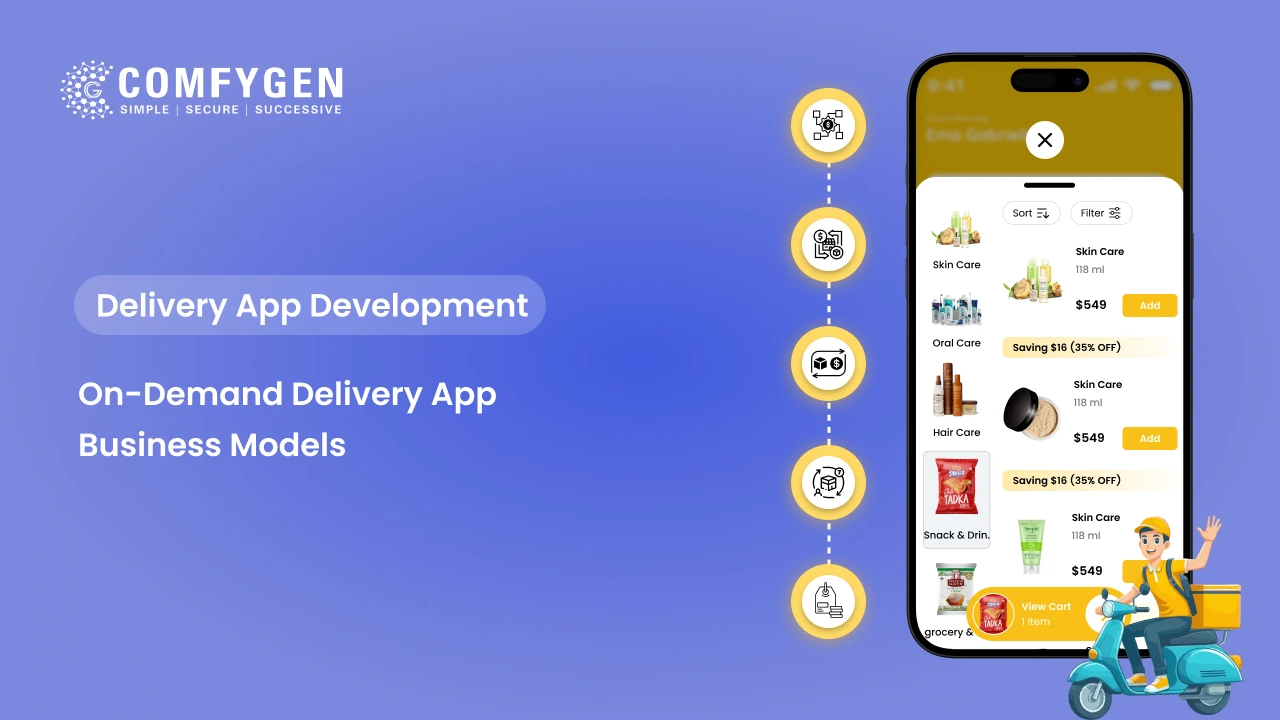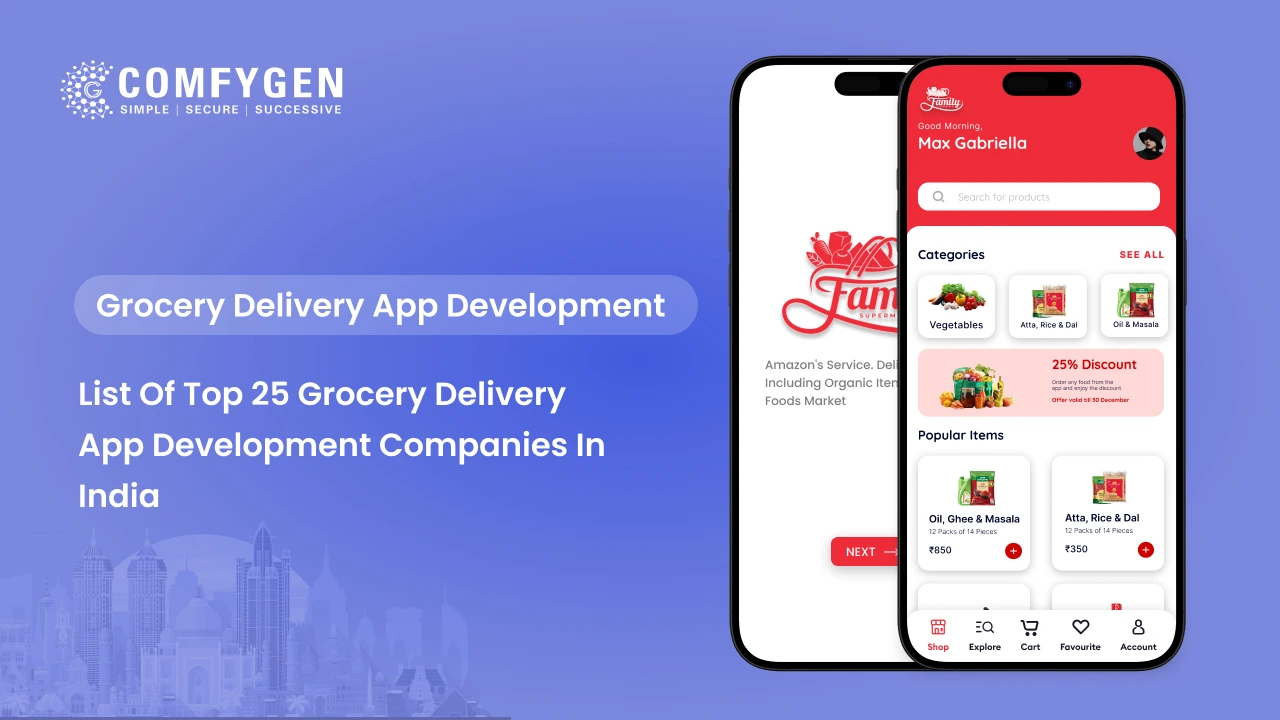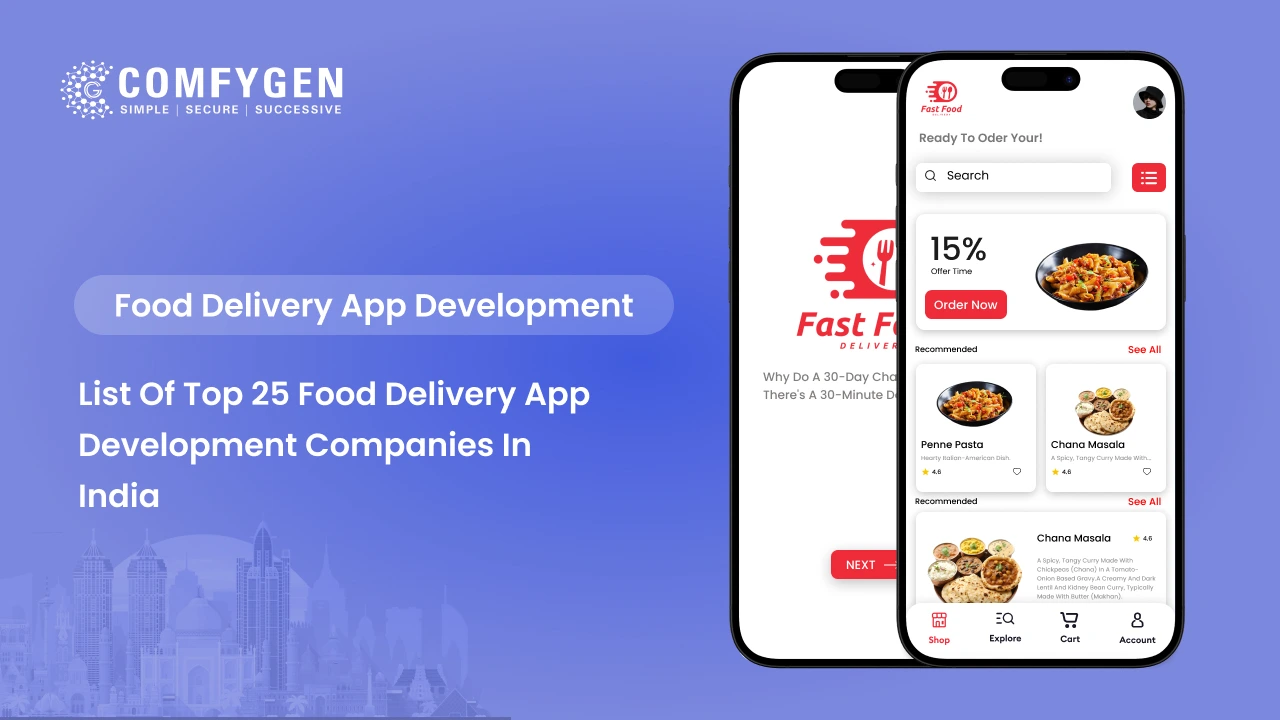Self-Sovereign Identity Blockchain: The Future of Digital Identity in Web3
In a world increasingly shaped by decentralization, self sovereign identity (SSI) is emerging as one of the most transformative applications of blockchain technology. It promises to redefine how we prove who we are, how we control our personal data, and how we interact across the digital landscape—from DeFi to the Metaverse and beyond.
In this blog, you’ll discover what Self-Sovereign Identity Blockchain is, how it works, and why it has the potential to completely transform traditional identity systems.
What Is Self-Sovereign Identity on Blockchain?
In simple terms, self-sovereign identity is a way in which people truly own and manage their online identities, rather than relying on centralized authorities like banks, governments, or Big Tech companies
Blockchain and SSI work together to provide a decentralised, impenetrable infrastructure for managing, issuing, and verifying IDs. This solution resolves several of the challenges associated with siloed, third-party identification models:
Fragmentation
Today, most people maintain dozens of separate usernames, passwords, and identity records across different websites, apps, and services. Each platform requires its own set of credentials, creating a fragmented experience that is hard to manage, prone to errors, and vulnerable to account takeovers.
Lack of Privacy
Traditional identity systems rely on centralized intermediaries—such as social networks, payment providers, or government databases—to issue and verify your credentials. These entities often track, store, and monetize your personal data without your full awareness or explicit consent.
Data Breaches
Hackers frequently target centralized identity repositories because they store vast amounts of sensitive data in one place. When hackers compromise a single database, they can leak or sell millions even billions—of records on the dark web. These breaches fuel identity theft, fraud, and long-term reputational damage for individuals and organizations.
Cumbersome Verification
Any time you sign up for a new service or financial product, you typically have to submit the same documents and personal information—proof of identity, address, income—over and over again. This process, known as Know Your Customer (KYC), is slow, redundant, and expensive for businesses to maintain.
With Blockchain Identity Management, you generate your credentials yourself and secure them cryptographically in a decentralized system. This approach lets reuse your identity across multiple platforms, verify your information instantly without depending on a central authority, and ensure interoperability throughout Web3 ecosystems—from decentralized finance and marketplaces to metaverse environments and IoT networks.
This model not only streamlines onboarding but also empowers you to fully own and control when and how you share your personal information.
How Self-Sovereign Identity Works
The architecture of Self-Sovereign Identity (SSI) is based on a combination of decentralized technology and cryptographic standards. Together, these components build a system that allows you to own, manage, and share your identity without depending on a central authority.
The typical SSI architecture includes:
Decentralized Identifiers (DIDs)
You generate these unique identifiers using cryptographic keys that you fully control. Unlike traditional usernames or account numbers, DIDs don’t depend on any central registry or service provider. Instead, they live on a distributed ledger (blockchain) or other decentralized networks, making them tamper-resistant and globally resolvable.
Verifiable Credentials (VCs)
These are digital attestations issued to you by trusted authorities, such as a university diploma, proof of age, or professional certification. Each credential has a cryptographic signature that allows anyone to check its authenticity without having to contact the issuer each time.
Identity Wallets
You save your DIDs and verifiable credentials in an identity wallet, which is often a secure mobile or desktop software. Your wallet allows you to specify which pieces of information you wish to share, with whom, and how long.
Trust Frameworks
These frameworks define the guidlines, standards, and governance policies that ensure the system’s interoperability. They help to how issuers, holders, and verifiers know and trust one another across organizations, industries, and jurisdictions.
By combining these elements, SSI empowers you to prove facts about yourself quickly, securely, and privately—whether you’re logging into a Web3 platform, completing a blockchain-based KYC check, or verifying your identity in the Metaverse.
Why Blockchain is Important for Self-Sovereign Identity
Blockchain provides the foundation for self-sovereign identification (SSI), making it safe, verifiable, and decentralized. Here’s why this matters:
- Immutabilit – Blockchain records cannot be changed or deleted by any single party. Once you register a decentralized identifier (DID) or a credential reference, it stays permanent and tamper-proof, creating a trusted source of truth.
- Transparency – Everyone can independently verify who issued a credential and whether it has been revoked, without needing to contact the issuer each time. This open verification builds trust between users and organizations.
- Interoperability – Blockchain makes it easier to create identities that work across different networks, apps, and ecosystems. You can connect credentials and DIDs across multiple blockchains and Web3 platforms.
- Programmability – Smart contracts enable advanced features like tokenized identity, automated verification, and soulbound tokens that tie credentials to a single identity permanently.
By anchoring SSI on blockchain, you can build secure identity verification for Web3 applications, simplify compliance with blockchain-based KYC, and support trusted identities for IoT devices and decentralized infrastructure.
Real-World Use Cases Of Self-Sovereign Identity
Self-sovereign identity isn’t just theory—it’s already solving real problems across industries. Here are some practical examples:
- Reusable KYC: Individuals can verify their identity once and reuse the same verifiable credentials across exchanges, DeFi platforms, and banks without repeating the entire onboarding process.
- Metaverse and Web3: Users can carry a single, trusted identity across virtual worlds, games, and marketplaces, proving ownership of assets or achievements without revealing private data.
- Wallet-as-Identity: A blockchain wallet can double as a secure identity container, allowing you to log in, sign transactions, and verify credentials in one place.
- Supply Chain: Producers and distributors can attach verifiable credentials to goods, proving authenticity and origin all the way to the end customer.
- AI and SSI: Artificial intelligence systems can integrate with SSI to automate identity verification, detect fraud, and analyze credential data while still respecting user privacy and consent.
- IoT Devices: Connected devices can have their own decentralized identifiers, making it easier to verify which devices belong to a network and control permissions securely.
- Healthcare: Patients can manage their health records and share verified medical credentials with providers or insurers without relying on centralized databases.
- Education and Certification: Institutions can issue digital diplomas and training certificates as verifiable credentials, which learners can share with employers or licensing boards instantly.
Emerging Trends: What’s Next in Decentralized Identity?
As Web3 technology develops, decentralized identity (DID) grows quickly. Here are the important trends changing the future of self-sovereign identification.
- Web5 Identity: Pioneered by Jack Dorsey’s TBD initiative, Web5 aims to merge Web3 technologies with Web2 usability—embedding SSI directly into the decentralized web stack for a truly user-controlled internet.
- Cross-Chain Interoperability: Identities are becoming portable across blockchain ecosystems like Ethereum, Polkadot, Cosmos, and others. This enables users to interact seamlessly across platforms with a unified digital identity.
- Soulbound Tokens (SBTs): These non-transferable tokens can represent personal credentials, achievements, or affiliations—anchored to your identity and impossible to trade or fake.
- GDPR Compliance: As decentralized identity gains popularity, privacy-by-design becomes more essential. SSI systems are increasingly aligning with global data standards such as GDPR by giving users with greater control over their personal information.
- Identity for DePIN: Verifiable credentials help authenticate users, devices, and infrastructure in Decentralized Physical Infrastructure Networks (DePIN), supporting trust, access control, and usage tracking in systems like IoT networks, energy grids, and shared mobility.
- OpenID Connect + Blockchain: Integrating OpenID Connect protocols with decentralized systems enables Web2 apps to use Web3-ready identity flows, that connect familiar OAuth-like logins with self-sovereign credentials.
- ZK Identity: Zero-knowledge proofs (ZKPs) are becoming an essential component of identity verification, allowing users to establish facts (such as age or citizenship) without disclosing any additional information.
These trends point toward a future where digital identity is portable, private, programmable—and fully under your control.
Benefits Of SSI for Developers, Enterprises, and Users
Self-sovereign identity on blockchain creates value across the entire ecosystem:
For Developers:
-
Build applications with built-in trust and verified credentials.
-
Reduce the dependency on centralized authentication services.
-
Use programmable identity to develop innovative features like token-gated access, soulbound credentials, and automated compliance checks.
For Enterprises:
-
Lower costs by streamlining KYC and onboarding processes.
-
Users have control over their personal information, which reduces data liability.
-
Improve customer experience with fast, reusable verification.
For Users:
-
Gain full ownership and control over personal identity data.
-
Reuse credentials across platforms without sharing unnecessary details.
-
Improve privacy while lowering the risk of identity theft and data breaches.
With SSI, everyone benefits—developers build trusted apps, businesses simplify compliance, and users stay in charge of their personal data.
Final Thoughts
Self-sovereign identity on blockchain isn’t just a passing trend or a concept—it’s the foundation of digital trust for Web3, DePIN, the Metaverse, and beyond. Whether you’re a developer building decentralized applications, an enterprise exploring blockchain-based KYC, or a consumer tired of fragmented logins, SSI offers the trust layer you’ll need to empower your users, comply with evolving regulations, and unlock a more private, secure, and user-centric digital future.
The shift to decentralized identity is already underway. The question isn’t whether it will happen—but whether you’ll be ready.
At Comfygen Technologies, we help organizations integrate Self-Sovereign Identity solutions tailored to their goals.
FAQs
What is Self-Sovereign Identity (SSI)?
Self-Sovereign Identity is a model where individuals fully own and control their digital identities without relying on centralized authorities like governments or large corporations.
How does SSI work on blockchain?
What are Decentralized Identifiers (DIDs)?
What is an identity wallet?
What are the benefits of SSI compared to traditional identity systems?
SSI offers:
-
Greater privacy and control
-
Reusable credentials across platforms
-
Reduced risk of data breaches
-
Compliance with regulations like GDPR
-
Lower onboarding and KYC costs
How do Zero-Knowledge Proofs (ZKPs) fit into SSI?
Zero-Knowledge Proofs let you prove something (like your age or credentials) without revealing any additional personal data, enhancing privacy and security.
Is SSI compatible with Web3 and the Metaverse?
How does blockchain-based KYC work?
How can I get started with Comfygen Technologies?
How does Comfygen Technologies support Self-Sovereign Identity on blockchain?

Mr. Saddam Husen, (CTO)
Mr. Saddam Husen, CTO at Comfygen, is a renowned Blockchain expert and IT consultant with extensive experience in blockchain development, crypto wallets, DeFi, ICOs, and smart contracts. Passionate about digital transformation, he helps businesses harness blockchain technology’s potential, driving innovation and enhancing IT infrastructure for global success.










